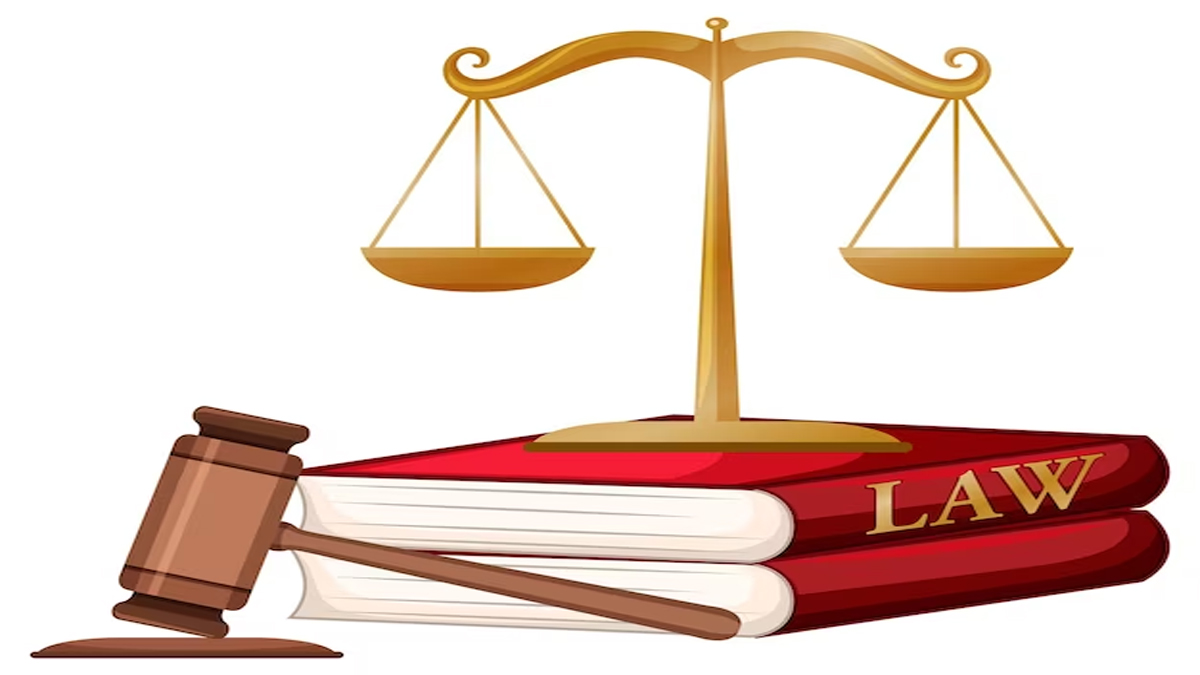Historical Context:
During the partition of India in 1947, the princely states had the choice to join either India or Pakistan. Jammu and Kashmir, under the rule of Maharaja Hari Singh, was a princely state with a Muslim majority population but a Hindu ruler. Facing pressure from both India and Pakistan and dealing with internal turmoil, Maharaja Hari Singh signed the Instrument of Accession to India in October 1947, seeking military assistance to handle the tribal invasion from Pakistan.
To respect the unique circumstances of this accession, Article 370 was incorporated into the Indian Constitution. This article granted special autonomy to Jammu and Kashmir, allowing it to have its own constitution, flag, and decision-making powers in various domains except defense, foreign affairs, finance, and communications. This was seen as a temporary measure to provide Jammu and Kashmir with a degree of self-governance while being a part of the Indian Union.
Gradual Erosion:
Over the years, various presidential orders and amendments gradually eroded the autonomy granted by Article 370. These changes were often made to extend Indian laws and provisions to Jammu and Kashmir, integrating it more closely with the Indian legal framework. Some examples of this erosion include:
- Extension of Laws: Indian laws related to citizenship, property rights, and other matters were extended to Jammu and Kashmir over time. This led to a reduction in the state’s ability to maintain its own laws in these areas.
- Economic Integration: Jammu and Kashmir began to receive financial assistance from the central government, leading to economic integration. The state was also brought under the Goods and Services Tax (GST) regime.
- Application of Central Laws: Central laws related to matters such as anti-corruption, education, and healthcare were extended to the state, impacting its autonomy in legislating on these issues.
Revocation in 2019:
On August 5, 2019, the Indian government announced the abrogation of Article 370, effectively revoking the special autonomous status of Jammu and Kashmir. This move was accompanied by the reorganization of the state into two separate union territories: Jammu & Kashmir, and Ladakh.
Reasons for Revocation:
The decision to revoke Article 370 and the special status of Jammu and Kashmir was rooted in several factors:
- National Integration: The Indian government aimed to fully integrate Jammu and Kashmir with the rest of India. The special status was seen as a barrier to national unity and hindered the state’s complete integration into the Indian Union.
- Development and Investment: Critics argued that the special status had impeded economic growth and development in the region. Revoking Article 370 was seen as a step toward attracting investment, fostering economic progress, and addressing developmental disparities.
- Security Concerns: Jammu and Kashmir had been facing a persistent issue of terrorism and separatist movements. The Indian government believed that revoking Article 370 would help in better addressing security concerns and curbing these issues.
Impact and Controversy:
The revocation of Article 370 was met with diverse reactions. Supporters viewed it as a move to strengthen national unity, promote development, and address security challenges. However, critics saw it as a violation of the terms of accession, potentially altering the demographic makeup of the region, and infringing upon the rights of the people of Jammu and Kashmir.
The move also strained India-Pakistan relations, as Pakistan claimed the region and raised international concerns due to the volatile nature of the Kashmir conflict.
In conclusion, Article 370’s revocation marked a significant turning point in the history of Jammu and Kashmir and India’s constitutional landscape. It aimed to redefine the relationship between the region and the Indian Union, with the intent of fostering greater development, integration, and security. However, it remains a topic of ongoing debate, both within India and on the global stage.
